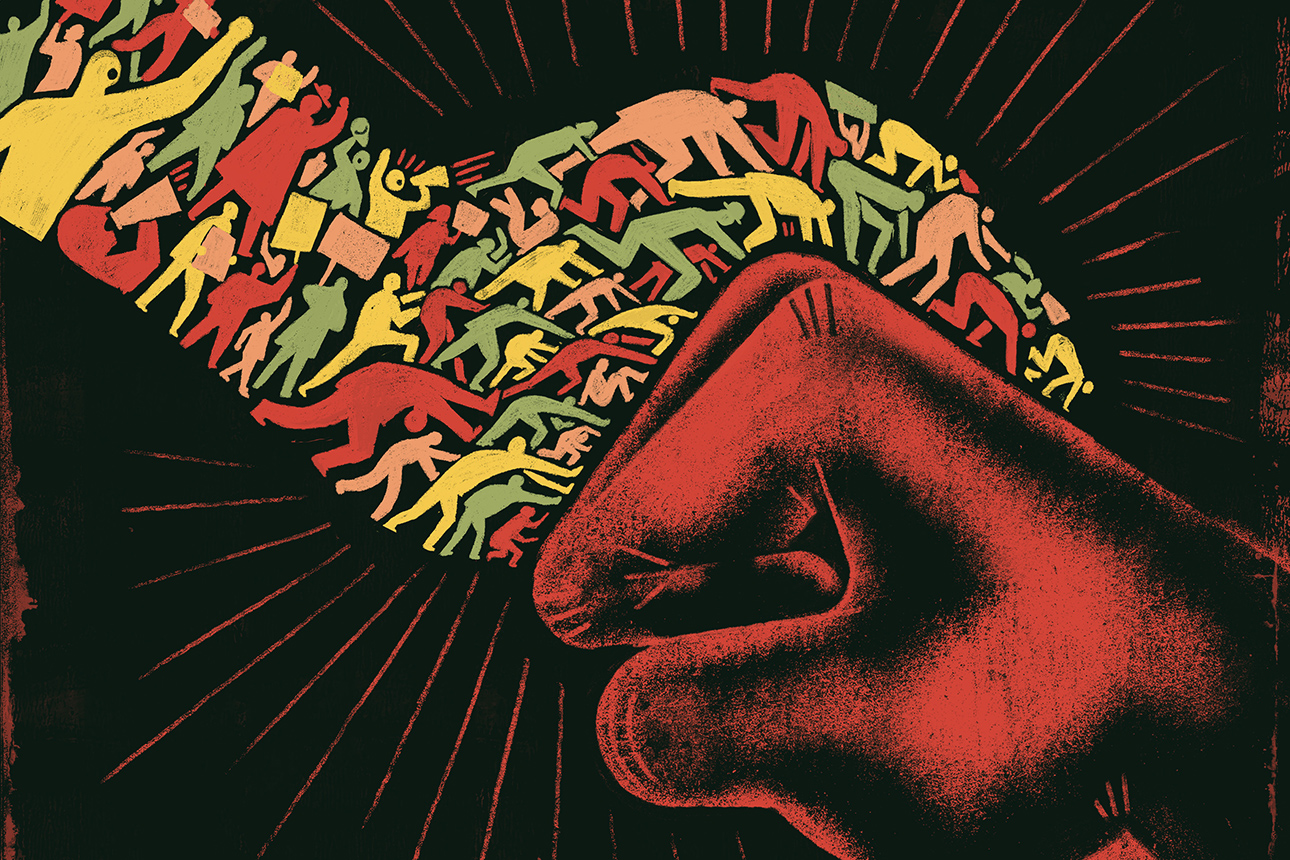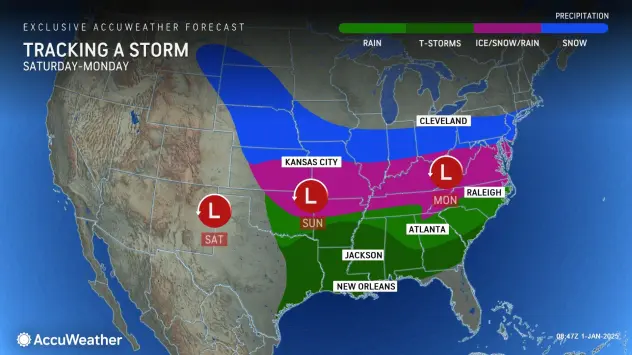Arcadiadaily – In a world where public opinion shifts faster than ever, even well-established organizations can find themselves in the eye of controversy. A recent wave of community backlash has proven that reputation is both fragile and fixable, depending on how quickly a brand can adapt. This is where the art of rebranding comes into play. When done right, it doesn’t just repair trust it rebuilds identity. The relationship between community backlash and rebranding has become a defining case study for modern digital culture, illustrating how transparency and timing can turn criticism into credibility.
Understanding the Nature of Community Backlash

Community backlash and rebranding often begin with a spark that spreads faster than any press release. It could be a tweet, a product change, or an executive statement that misses the mark. The instant reaction from the public, once confined to letters and local protests, now happens globally within hours.
Common triggers that start this domino effect include:
Brand Mismatch: When a company’s message clashes with the values of its community.
Cultural Insensitivity: Tone-deaf marketing campaigns that ignore social nuances.
Transparency Gaps: Hidden actions or unclear motives that breed mistrust.
Social Media Amplification: Viral outrage that magnifies every misstep.
The case of community backlash and rebranding demonstrates how digital audiences wield real power. Brands that underestimate this emotional connection risk being abandoned overnight. The narrative spreads not just through complaints, but through memes, think-pieces, and collective sentiment that demands accountability.
How Companies Respond to Public Backlash
In today’s landscape, silence is not a strategy. The smartest response to community backlash and rebranding is not denial—it’s dialogue. A company’s recovery depends on how well it listens before it speaks. When the public feels seen and heard, even anger can turn into empathy.
Here are the most effective response strategies observed in recent case studies:
Rapid Acknowledgment: Addressing the issue immediately before speculation grows.
Honest Apologies: Avoiding corporate jargon and admitting fault sincerely.
Corrective Measures: Announcing visible steps to fix the problem.
Engagement Campaigns: Hosting forums, Q&A sessions, or surveys to regain trust.
Revised Branding: Updating visuals, tone, or values to align with community expectations.
The relationship between community backlash and rebranding shows that timing is everything. A delayed response can make even small errors appear malicious. But when brands move quickly, audiences often reward accountability more than perfection.
The Rebranding Journey After a Crisis
Once the firestorm of community backlash subsides, rebranding becomes the next stage of evolution. It’s not just a logo redesign or a new slogan it’s a cultural reset. Successful examples prove that community backlash and rebranding can lead to growth when handled with humility and vision.
The process usually follows these steps:
Internal Reflection: Analyzing what went wrong and why it mattered to the audience.
Cultural Realignment: Ensuring that leadership and employees share consistent values.
Visual Renewal: Updating brand aesthetics to reflect sincerity and progress.
Narrative Shift: Reframing the story from controversy to comeback.
Community Integration: Involving loyal followers in shaping the new direction.
What makes community backlash and rebranding fascinating is that success doesn’t come from erasing the past but acknowledging it. Brands that pretend nothing happened often lose credibility, while those that embrace change attract respect. This phase marks the rebirth of purpose—a reminder that modern branding is not built on control but connection.
Real-World Example: A Brand That Bounced Back
One recent example illustrates how a company can rise stronger from criticism. A popular beverage brand faced community backlash after a controversial advertisement that trivialized a social justice movement. Within days, social media erupted with negative hashtags, boycotts, and calls for accountability.
Instead of hiding behind PR statements, the company launched an open dialogue with activists and consumers. They collaborated on new campaigns featuring genuine community voices and donated to local initiatives supporting equality. Within months, sentiment shifted from outrage to optimism. The connection between community backlash and rebranding in this case showed that redemption is possible when a company learns to speak with, not at, its audience.
In the aftermath, sales rebounded, and the new identity felt more authentic. The transformation wasn’t just cosmetic—it was cultural. This example reinforces that community backlash and rebranding can coexist as two parts of the same recovery journey when empathy leads the way.
Rebuilding Trust and Moving Forward
Every organization must prepare for the possibility of facing criticism. Community backlash and rebranding aren’t separate stories—they’re intertwined lessons in accountability. When a brand experiences public outrage, it faces a defining moment: defend its old image or evolve into something better.
Modern audiences crave sincerity over perfection. They understand mistakes happen but expect honesty in response. The ability to adapt, apologize, and grow is now the true marker of brand maturity. For companies willing to learn from their missteps, community backlash and rebranding represent a cycle of renewal—a chance to rise from controversy into clarity.
In the end, it’s not the backlash that defines a brand, but how it responds to it. Rebranding, when done with intention and integrity, doesn’t erase the past—it rewrites the future.




